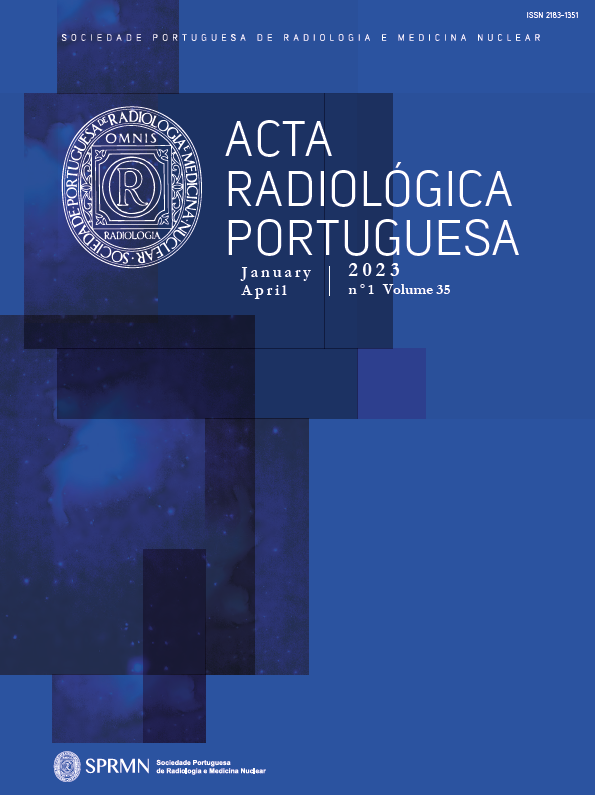Adrenal Vein Sampling: how we do it
DOI:
https://doi.org/10.25748/arp.27891Abstract
Primary aldosteronism is the most common cause of secondary hypertension. When unilateral disease is present, patients can be treated curatively by adrenalectomy. Adrenal vein sampling (AVS) is considered essential for discrimination between unilateral versus bilateral disease.
Knowledge of normal and variant anatomy of the adrenal veins is important to avoid misleading results and increase technical success. The main reason for technical failure of AVS is inability to catheterize the right adrenal vein. Pre-procedural CT imaging can help identify the venous anatomy of the adrenals. To validate the technical success of AVS, the catheterization index is calculated comparing the cortisol levels in each adrenal gland with those of the inferior vena cava. To assess the laterality index, the aldosterone levels are compared between both adrenals.
We generally use a femoral access and a 4Fr Berenstein catheter for the left adrenal vein and a 5Fr Cobra, Simmons or Micahelson for the right adrenal vein. Some centers adopt an intravenous perfusion of a synthetic peptide of the adrenocorticotropic hormone immediately prior to the procedure to stimulate the adrenal glands.
AVS is a safe and feasible procedure, with low risk of failure. Due to the technical difficulties of execution, especially right adrenal vein cannulation, AVS has low usage among hospital centers. The learning curve is estimated to be around 20 to 30 procedures, with a maintenance of about 15 annual procedures to achieve satisfactory results.
Downloads
Published
Issue
Section
License
CC BY-NC 4.0


